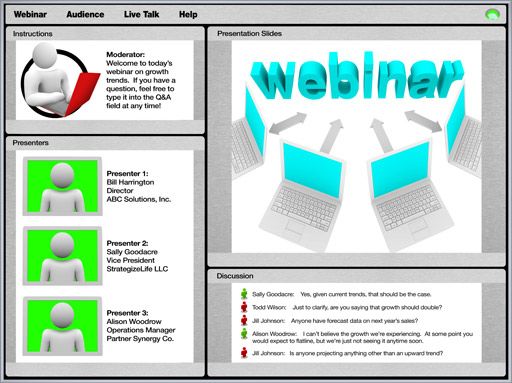One of the first items of discussion with a client that wants to build an application is cost. When they are new to the process, the cost is a complete mystery. The wide range of resources available does not help this. There are low-cost offshore providers all the way up to high-cost boutique firms. However, the largest impact on the cost of an application is scope. There are many components to consider, with some being more or less optional. Let’s look at the components that should be addressed in some way for any real application proposal.
Security
A commercial application is almost expected to be secure these days. However, a secure system is not a guarantee of safety, focusing on taking proper steps. Customers will often have a checklist of items they expect to be a part of a secure application. When you design and estimate your solution, each of these items should be covered in some way, even though this may simply be a note that the feature is not needed.
- User Login and Account Management – Nearly every application requires some login functionality and a way to manage your account and password.
- Data Security – Many uses of data requires that the data is encrypted or otherwise secured. Even when customers are not concerned about their data, it is good to avoid being the news due to a data breach.
- Encrypted Data Transfer – A secure web connection (HTTPS) is needed to avoid warnings when a user connects to your site. Also, Google has now made HTTPS an important factor in being considered a good site to rank in search results.
- Single Sign-On/Third-Party Integration – This is a corporate application where users will want to authenticate using their Active Directory account or one that is more appropriate for Facebook or Google authentication. In any case, customers are asking for easier ways to securely authenticate to their favorite applications.
- Vertical Data Storage – This feature is not needed for all applications, but B2B software often will look for it. The key is to be able to ensure that they will only see a customer’s data. A bug that exposes data to other users can be crippling, so an architecture that makes this almost impossible will help sell your solution.
Finishing Touches
- Logos and Branding – This is often a larger problem for web applications. The images used within your application need to be decided on and designed or otherwise properly licensed. This step includes things like wordsmithing your notification emails, general messaging, and content, as well as look-and-feel. Although some environments (e.g., A Windows or Mac application) provide standards and templates for many of these issues, there are almost always gaps to fill and decisions to make.
- Notifications, Help, and Messaging – A big part of an application’s usability is how well it communicates with the users. This communication is done through messages, email, help options, and more. As an application moves from a demo to production, there should be a focus on making the notifications easy to understand and keeping the user informed.
- Documentation – Developers are not known for their love of writing. Thus, it should be no surprise this is another component that is often missed. Whether the requirements are for a User Manual and detailed manuals or a technical guide, this is an important piece of commercial software. We all know that no one reads the User Guide. However, we also know that a product without documentation is probably shoddy or bug-filled. A lack of proper documentation can hurt sales and cause support costs to be higher than expected.
- Packaging – Even digital products need packaging. This packaging can be install scripts, license keys, or even physical packaging. In all of these cases, the final product must be put together in a way that it can be shipped. Even membership sites will need a registration and billing piece.
Maintenance
- Logging and Exception Handling – This is a key differentiator between a coding team and a software development team. All software hits snags somewhere. These can come from a nearly infinite variety of sources. Thus, good software cannot stop exceptions but instead handles them gracefully. Errors and exceptions are handled and logged so the developers can look to avoid the problem in the future or even fix damage caused by a bug or glitch. This is also a piece that is challenging to shoehorn in at the end of a project. Take this component into account from the start of the project to avoid costly surprises.
- Database design – Most modern applications utilize a database. However, this does not mean all databases are the same. The architecture and design of the database should be a mini-project in itself. Assign resources and ask questions to ensure that the database is designed to handle the expected number of users and types of data. The size of the data is also significant. It should be clear whether the system will be handling thousands or potentially billions of records.
- Backups and Build Scripts – This gets into the weeds a bit. However, a professional product should include a disaster recovery plan and backups. There should also be build scripts, and version control used correctly. This may not matter as much to customers, but it should be critical for owners. Think about building a house and then losing the location and ability to enter the building. All that work becomes worthless. That is what can be faced when building software that does not have version control and build process or script. You may have access to the source, but the cost of building it and bringing your application back online may be more than you can afford.
Avoid Surprises
As you can see from this list, there are a lot of factors that go into building a commercial product. If you are considering taking on something like this, make sure you find a reputable provider. Ask questions and look at competing products to make sure there are no holes in the requirements. The longer it takes to find these sort of holes, the more expensive they become. Of course, you can always contact us at RB Consulting for a free consultation to get you started in the right direction.


